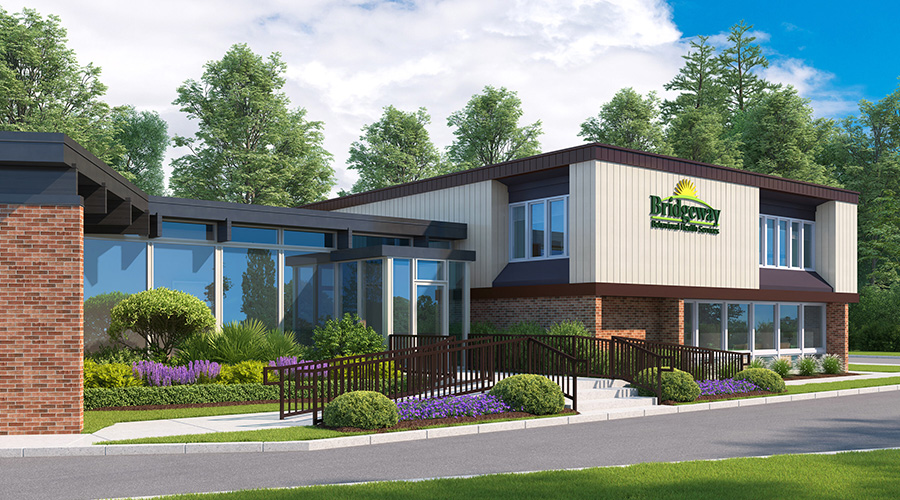An Australian architectural firm expecta a decrease in government spending on public healthcare and a push towards a more home-centric and technology-based healthcare service, according to an article on the Architecture & Design website.
ThomsonAdsett’s David Lane said these trends will affect building design and also see residential design begin to encompass new smart technologies.
One product expected to grow in the Australian consumer market is the "Smart Bed" which has the ability to sense one's blood pressure and heart rate and supply that information to high-tech caregivers and telemedicine services.
Having a smart home and smart health will be a solution to this ageing population, the article said.

 Healthcare Is the New Retail
Healthcare Is the New Retail Bridgeway Behavioral Health Services Launches Campaign to Renovate Health Center
Bridgeway Behavioral Health Services Launches Campaign to Renovate Health Center Ground Broken for New North Dakota State Hospital
Ground Broken for New North Dakota State Hospital AI Usage for Healthcare Facilities
AI Usage for Healthcare Facilities Ground Broken on Pelican Valley Senior Living Modernization Project
Ground Broken on Pelican Valley Senior Living Modernization Project